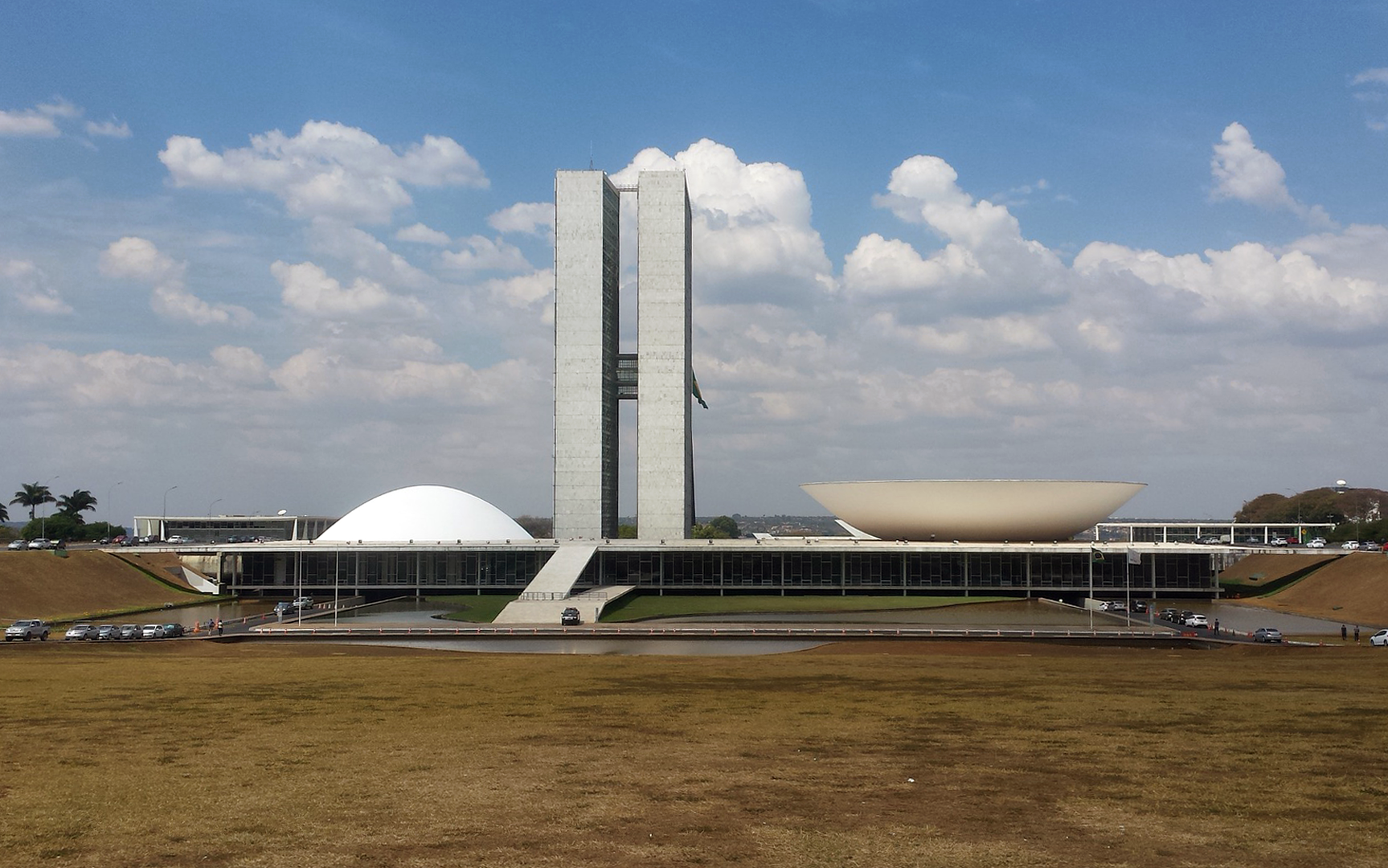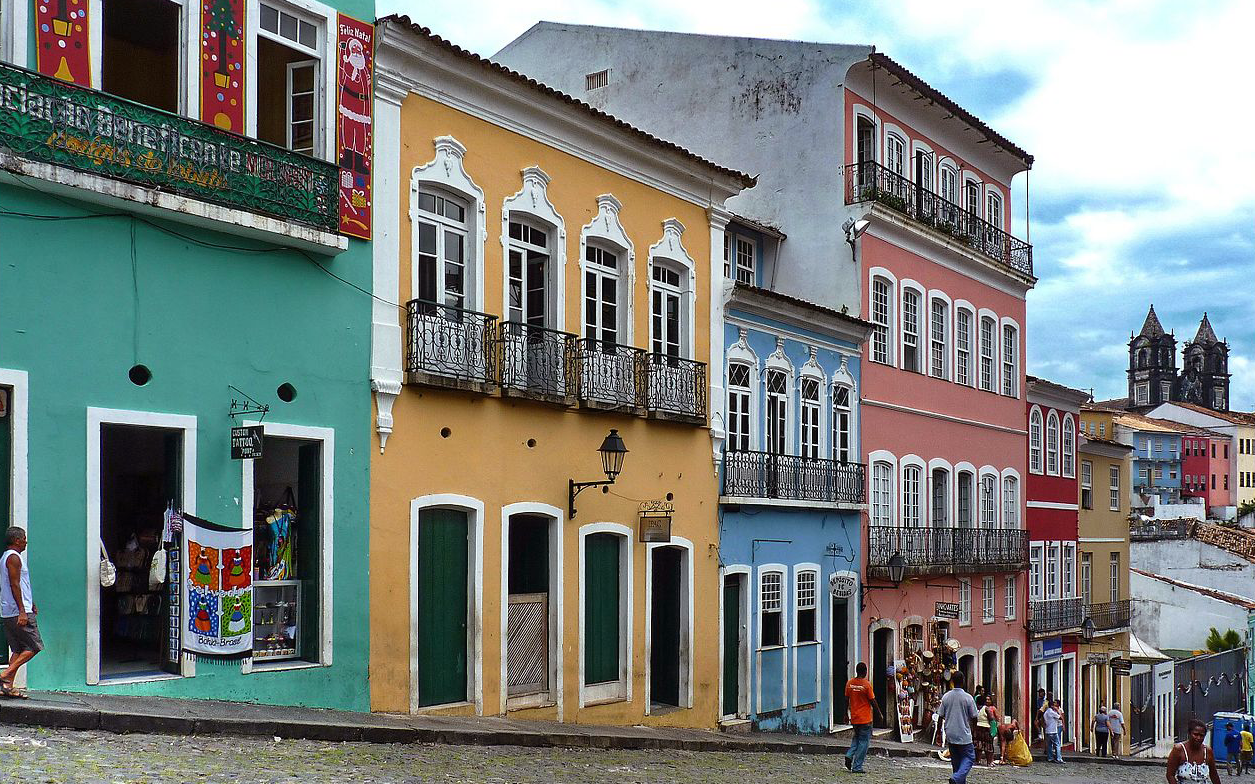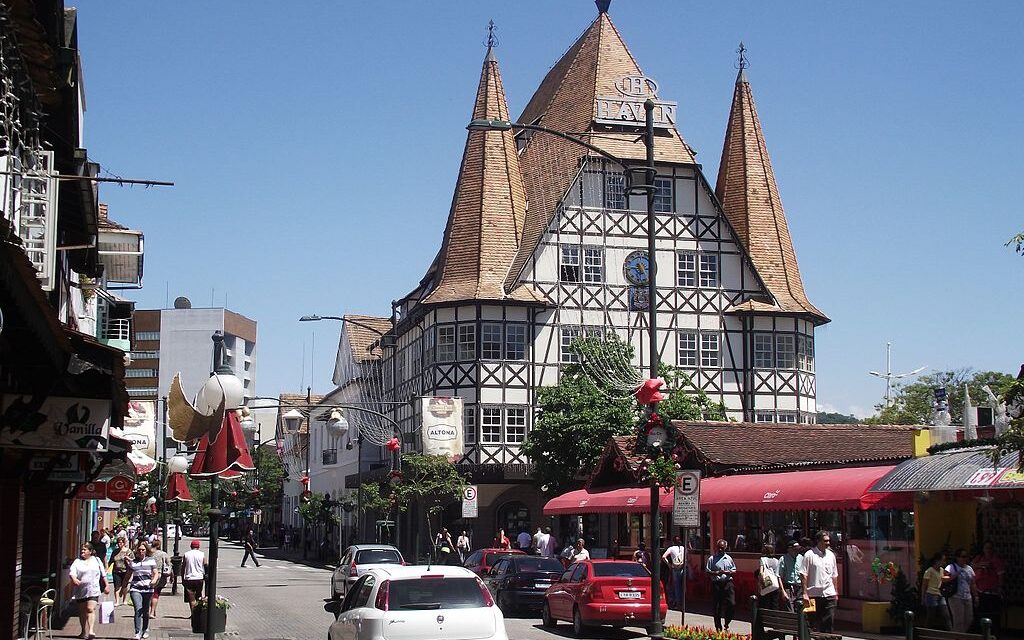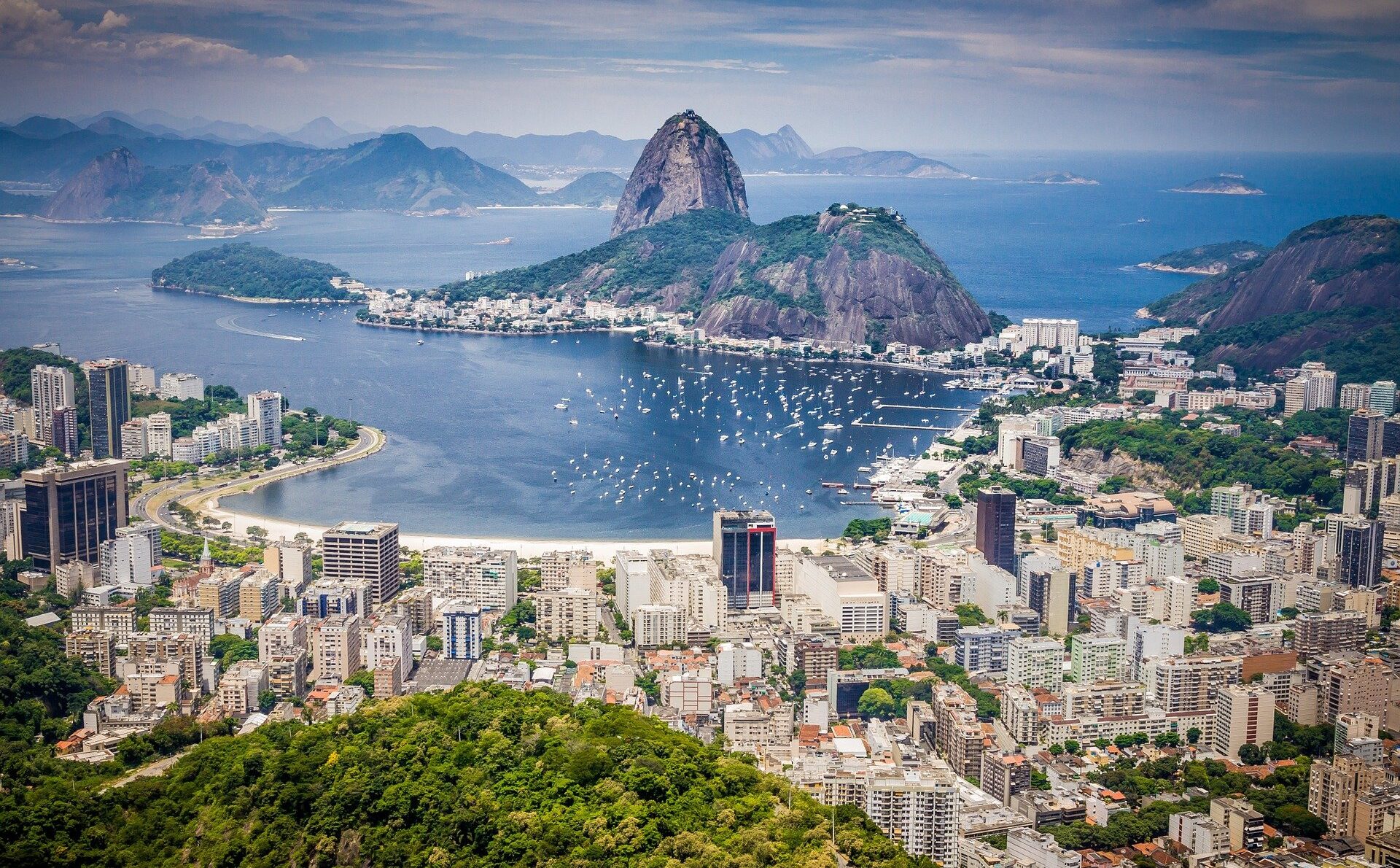Brazil is one of the biggest countries in the world, the fifth largest in landmass to be exact (Statista). With that size, it is only natural to have cultural differences within the country. Everything from nature and climate to immigration has affected the development of different cultures in each of the five regions of Brazil.
Here is an introduction to the traditions, foods, music, climate and demographics of each region.
Southeast
Let’s start with the one that is the most representative regions of Brazil internationally. The Southeast includes the cities of São Paulo and Rio de Janeiro and, even though it is the second smallest terms of landmass, it’s the most populated region of Brazil. It has more than 85 million people, which makes about 44% of the whole country’s population.
It is also the most developed region, responsible for 55% of the national GDP. The economy is centered around the industrial, commercial and financial sectors, especially the automobile industry, steel mills and oil companies.
The states that makeup the region are São Paulo, Minas Gerais, Espírito Santo and Rio de Janeiro and the biggest city is São Paulo.
The main festivities include Carnaval in Rio, where people go to the Sambódromo to see the samba schools, and the Festa do Peão in Barretos, São Paulo, which is a rodeo.
The food is also delicious! Most of it is considered our comfort food, especially the dishes from Minas Gerais. There is a lot of beans, flour and cheese involved. Here are some typical dishes: pão de queijo, feijoada, feijão-tropeiro, cuscuz paulista, moqueca capixaba, bolinho de bacalhau.
(P.S. Let us know if you would like to learn more about the food 😉 )
Center-West

This region is the second largest in territorial expansion, but only consists of three states – Mato Grosso, Mato Grosso do Sul and Goiás – plus the Federal District. The population is at about 16 million people.
The capital of the country, Brasília, is located there in the Federal District, which is in the middle of the state of Goiás, but is considered a state itself. President Juscelino Kubitscheck built the city in the 1960s to be the capital of Brazil. Oscar Niemayer, one of our most famous architects, designed the city. The location was chosen because it is exactly in the middle of the country.
The economy is mainly based on livestock and agriculture, including some of Brazil’s most exported products, such as soy beans and corn. The extraction of minerals is also a significant part of the region’s economy.
Tourism is also very important, especially for people who love nature. It has two beautiful National Parks which you can visit called Chapada dos Veadeiros and Chapada dos Guimarães.
The region also includes the Pantanal, which is the world’s largest tropical wetland area. Unfortunately there was a large fire in 2020 that reached about 27% of the entire ecosystem and killed many animals (Fiocruz). This was the worst fire recorded in this ecosystem’s history.
The most popular celebrations in the region are the Cavalhadas (brought by the Portuguese), Procissão do Fogaréu, and Cururu.
The food has a lot of influence from the indigenous people of Brazil, but also heavy influences from São Paulo, Minas Gerais and Bolivia. Typical dishes include: arroz com pequi, empadão goiano, angu, cural and fish from Pantanal.
North

The largest region of Brazil (about 45% of the nation’s land) is also the one with the lowest population density, about 4.72 people/km². Seven states makeup the region: Amazonas, Acre, Amapá, Roraima, Rondônia, Pará and Tocantins.
As you might have noticed by the name of one of the states, this is where our famous Amazon Rainforest is located. The climate here is very humid with very defined rainy seasons.
The economy is primarily based on the extraction of plants and minerals, agriculture and tourism. The region’s GDP represents only 5,3% of the national GDP.
They have very traditional festivities which include the Círio de Nazaré and Festival de Parintins. One of the rhythms that comes from there is Carimbó, which was influenced by the slaves in the region and has influenced lambada and zouk.
There are still a lot of indigenous tribes living in this region, which influences the traditional cuisine there. Therefore, the food is mostly based on manioc and fish. Some typical dishes are: pato no tucupi, tacacá, pirarucu de casaca, jambu and açaí.
Northeast

The northeast is the region with the second highest population (about 56 million) and with the most states. It has nine total, but many are very small. It includes Alagoas, Bahia, Ceará, Maranhão, Paraíba, Pernambuco, Piauí, Rio Grande do Norte and Sergipe.
Northeast has the largest coastline out of all the regions of Brazil and the weather remains very throughout the entire year. That, added to the beautiful natural locations, has made tourism one of the most important aspects to its economy. The second most important economical force in the region is agriculture. The region has the third largest GDP in the country (about 13,4%), yet it has the lowest social development indicators. Unemployment tends to be higher there, which is why many migrate to the Southeast looking for jobs.
The ecosystems can be very diverse throughout, ranging from forests of the Mata Atlântica to the Brazilian savanna called the Cerrado to the semiarid conditions of the Caatinga. The extreme drought that they experience in the region is one of the main obstacles to the region’s development.
Culturally, this region is very rich. From their food, to the music, art, literature and dances, everything is unique. In terms of music, it is home to genres like Forró and Axé and dances like Capoeira, Frevo and so many more. The main celebrations of the region are Carnaval and Festa de São João.
The food is also very traditional and characteristic. There is a lot of influence from African traditions since this is where there was the highest concentration of slaves in the country. There is also a lot of seafood in this cuisine. Some traditional dishes include: sarapatel, acarajé, vatapa, broa de milho and others.
South

The South is the smallest region of the country and consists of three states: Rio Grande do Sul, Santa Catarina and Paraná. Even though it is the smallest, it has the third largest population, about 14,3% of the country’s.
The area has the second largest GDP out of all the regions of Brazil and is the second most industrialized in the country. The economy is especially based on plant extraction, agriculture, livestock and some manufacturing.
It is located in the subtropical region and therefore has very defined seasons (really hot summers and cold winters). It is not common to snow, but you might be able to see it once in a while in specific cities.
Culturally, the region has a strong influence by European immigration, especially from Germany and Italy. Some towns still reflect that influence in their architecture, but it is specially seen in the celebrations that are traditional of the region. Two of the biggest parties are Festa da Uva (Italian influence) and Oktoberfest (German influence).
The traditional dishes include more red meat and things that could suit the colder weather better. They include churrasco (barbecue), marreco assado, barreado, chimarrão (hot herb drink), pirão de peixe and wine.
Hope you liked this overview of the different regions of Brazil! Let us know if you would like to learn more about each region.
Are you interested in Brazilian music? Check out 17 of the most popular artists in Brazilian music today!
Até logo!
Sources:(Escolakids, Brasilescola, Mundo Educação)

